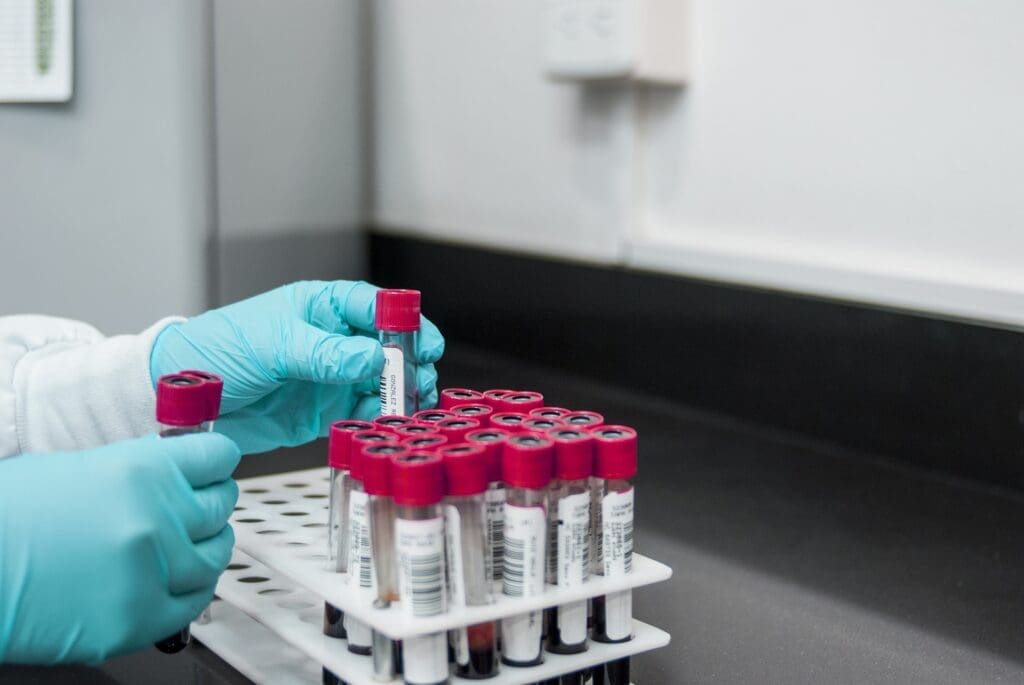PRESENTED: Radiometer – pioneer of blood gas analysis with a focus on emergency diagnostics
Radiometer GmbH, based in Willich, Germany, is a global provider of solutions for point-of-care diagnostics (POCT), particularly in blood gas analysis, coagulation measurement, infection diagnostics and transcutaneous monitoring. Founded in Copenhagen in 1935, the company has established itself as a pioneer in emergency diagnostics since developing the world’s first commercially available blood gas analyzer in 1954. Today, Radiometer is part of the US-based Danaher Corporation and employs over 3,200 people worldwide, with direct representation in more than 32 countries. In Germany, Radiometer GmbH concentrates on the sale, maintenance and service of technical and scientific equipment for hospitals, clinics and laboratories.
Radiometer’s product portfolio includes technologically advanced analyzers that are used in emergency diagnostics, for example in intensive care units, emergency rooms and blood banks. The centerpiece is blood gas analysis, which measures critical parameters such as pH value, oxygen and carbon dioxide content in the blood in order to quickly diagnose acute conditions such as respiratory distress or metabolic disorders. This is complemented by devices for measuring cardiac markers, coagulation parameters and infection indicators, as well as IT systems that enable efficient device monitoring and data integration. One example is the “1st Automatic Concept”, which uses barcode-supported sample allocation and automated measurement processes to minimize mix-ups and ensure compliance with legal requirements such as the guidelines of the German Medical Association (RiliB├äK). Such systems reduce the time spent by medical staff and increase patient safety through optimized pre- and post-analytical processes.

According to the company, Radiometer is placing a strong focus on the further development of existing technologies and improving the connectivity of devices. The aim is to expand remote maintenance and support for analyzers in remote regions, as was already started in 2022 with 17,000 globally networked devices. This strategy aims to minimize downtime and increase the availability of diagnostic solutions, especially in regions with limited access to healthcare services. Radiometer is also investing in the optimization of IT solutions to facilitate cross-departmental collaboration in hospitals and further increase process quality.
Radiometer’s history is characterized by innovations that respond to acute medical needs. Founded by Danish engineers B├Ėrge Aagaard Nielsen and Carl Schr├Ėder, the company initially developed measuring instruments for the radio industry before creating a pH meter for the Carlsberg laboratories in 1937. During the 1952 polio epidemic in Denmark, Radiometer set a milestone with the development of the first blood gas analyzer, which revolutionized the diagnosis of respiratory distress. Since its acquisition by Danaher in 2004, Radiometer has benefited from the global infrastructure and innovation boost of its parent company, which also includes other diagnostics companies such as HemoCue, which was acquired in 2013.
In Germany, Radiometer GmbH supports the healthcare sector with a dense service and training network. Since 2017, Hitado GmbH has taken over the distribution of blood gas analyzers in parts of the general practitioner sector, while Radiometer focuses on the hospital and laboratory sector. Radiometer thus remains a key player in emergency diagnostics, with its technologies being used in 16 of the top 20 US hospitals.
The future of Radiometer will be shaped to a large extent by advancing digitalization and the expansion of point-of-care diagnostics. The strategic focus on networking, efficiency and global accessibility points to the further development of existing systems in order to meet the increasing demands of emergency medicine.
Editorial office: X-Press Journalistenb├╝ro GbR
Gender note. The personal designations used in this text always refer equally to female, male and diverse persons. Double/triple references and gendered designations are avoided in favor of better readability.




